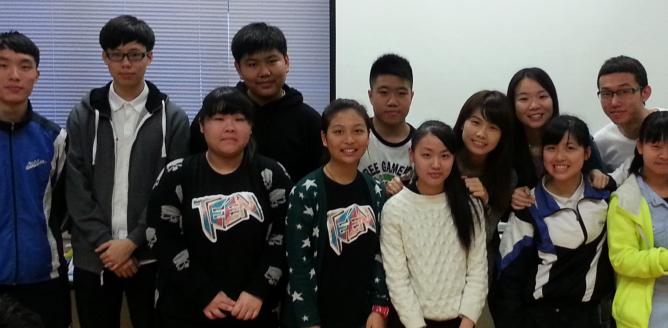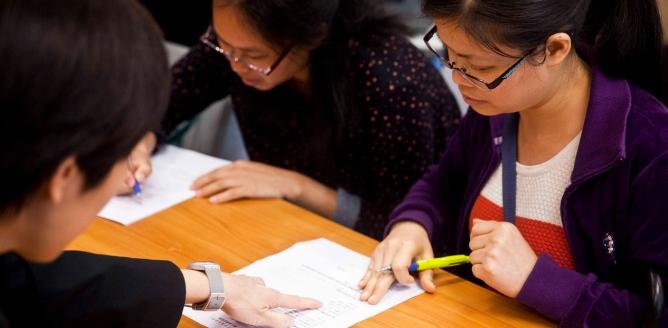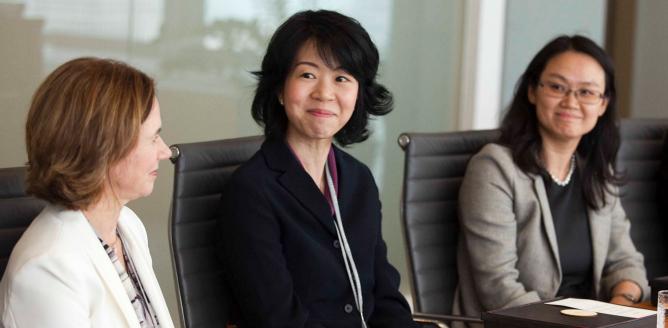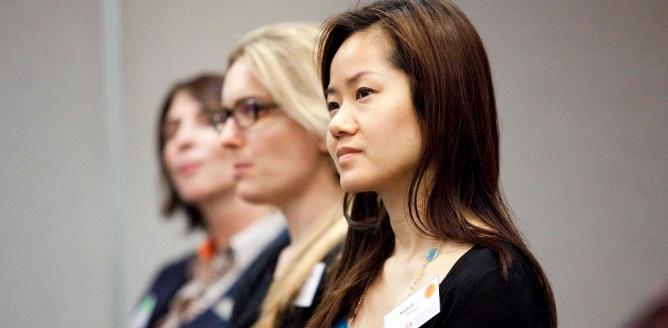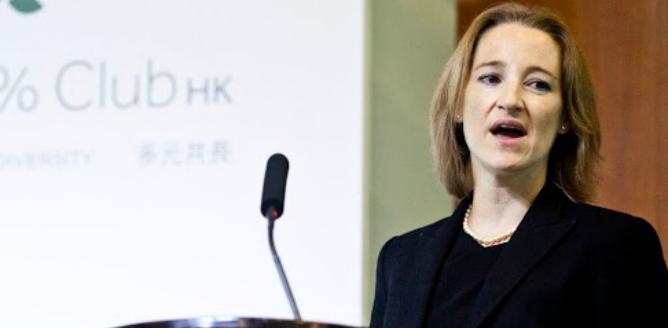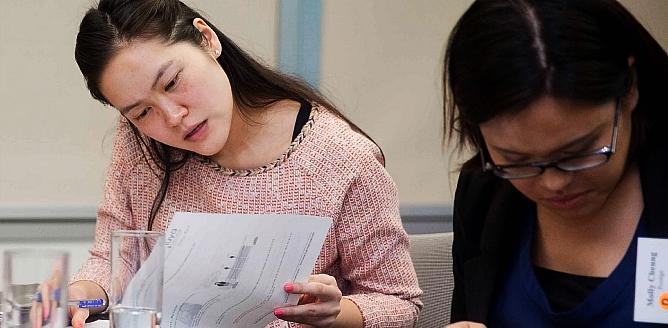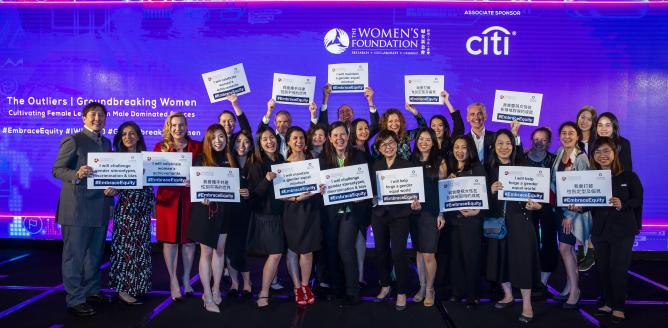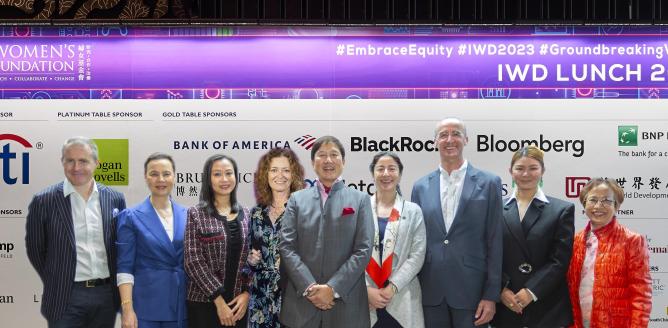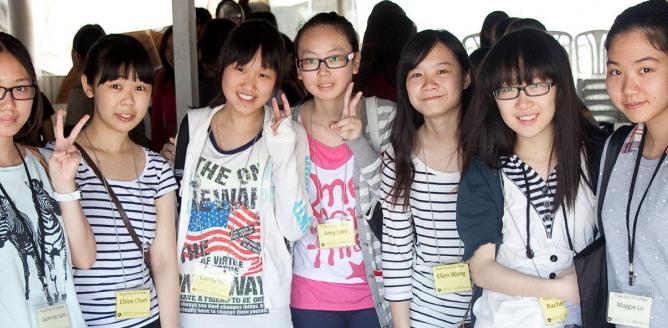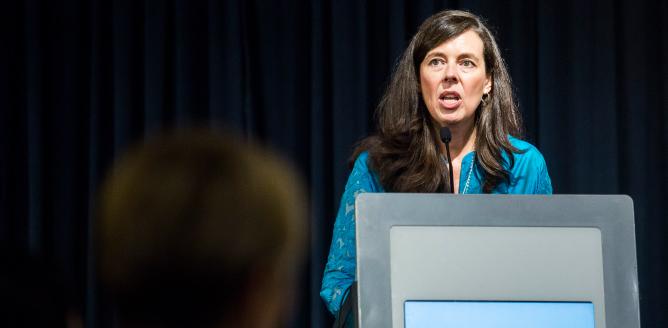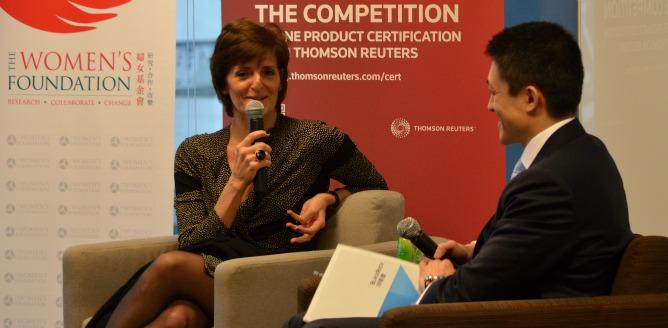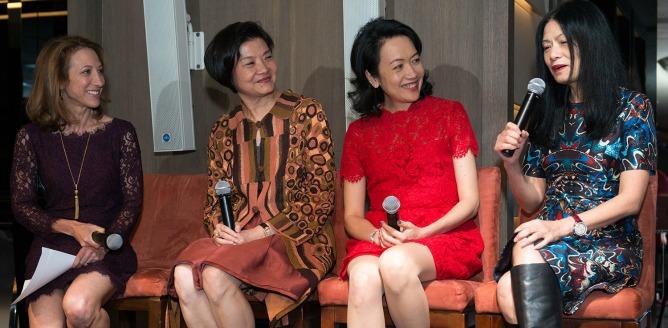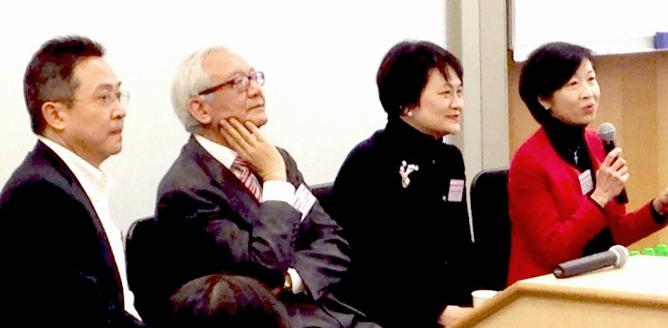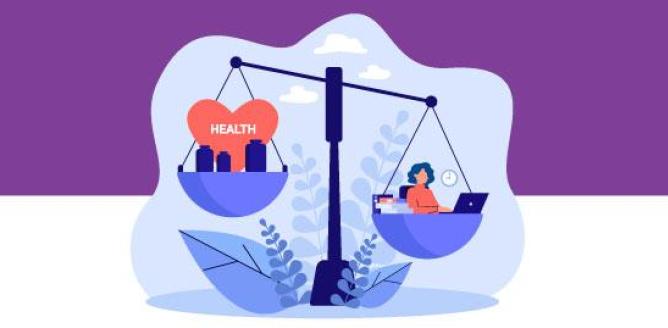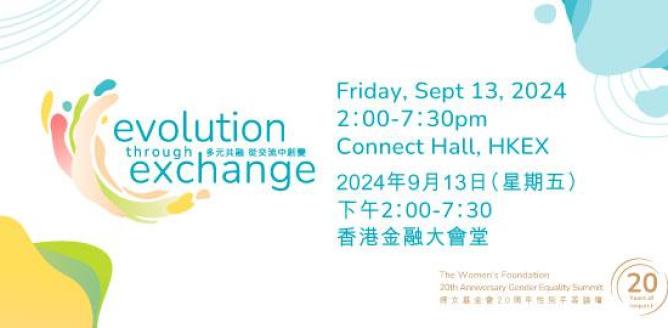There is a persistent gender health gap with women facing worse health outcomes across their lifetime and living an average of 9 years in poor health, 25% longer than men.
Women’s health issues have historically been under reported, under researched and underfunded, generating a vicious circle that results in a lack of awareness, inappropriate treatment and care options and harmful taboos keeping women in poorer health.
Women from marginalised and minority groups face additional challenges, including a lack of access to information and services, discrimination or other factors that may intersect with their race, sexual orientation, gender identity, socio-economic status, ethnicity or disability.
This collective lack of societal attention and resources on women’s health is also reflected in the workplace, and the toll of these unattended health issues should not be discounted.
Deloitte research shows more than a quarter of women at work, including in China, experience challenges related to their sexual or reproductive health. Menstrual symptoms range from mild discomfort to debilitating pain; for some, fertility is an issue while pregnancy comes with its own issues of discomfort, risk and stress. Later, peri-menopause and menopause symptoms often arrive at the same time as increasing responsibility in the workplace and caring responsibilities.
Around 40% of individuals from the same Deloitte study work through the pain and emotional turmoil of these challenges and do not feel comfortable discussing them. These issues and how women experiencing them are supported, have a potentially larger impact on decisions to remain in the workplace. Fertility concerns are one example, with one-fifth of people experiencing fertility challenges considering leaving work as a result of not having the support they need. Two-thirds of employees going through menopause note that symptoms negatively impact them, with a significant proportion taking time off of work; yet only 18% feel comfortable telling their manager. This stigma on openly discussing women’s health issues has implications for leave policies, flex work and other efforts to make workplaces more inclusive.
There is also a strong economic incentive for companies to take action on this issue. Aside from the fact that closing the women’s health gap could not only improve quality of life for half the population, it also can add an estimated US$1 trillion annually to the global economy in less than 20 years.
At TWF, we are committed to boosting women’s workforce participation rate -- at only 48%, Hong Kong is well behind its regional neighbours. In order to do so, we have to address the gender health gap and particularly issues around sexual and reproductive health, which may impact decisions to stay in work. This is why we raise awareness on the need to normalise conversations about reproductive health, particularly in the workplace, and advocate for a range of strengthened measures to support women’s health and well-being.
Whilst we need concerted efforts from all sectors to close the gender health gap, employers are important actors in building an ecosystem that values women’s health and creating an inclusive workplace for all.
Here are three actions employers can take to close the health gap for women in the workplace:
- Prioritising employee health and wellbeing in the workplace, and including gender specific reproductive and sexual health issues as part of this
- Conduct gender-specific workplace risk assessment and provide necessary facilities and accommodations for support
- Provide training for managers and leaders to understand sexual and reproductive health issues and how to have sensitive conversations about these at work
Get in touch at Fiona.Nott@twfhk.org.

